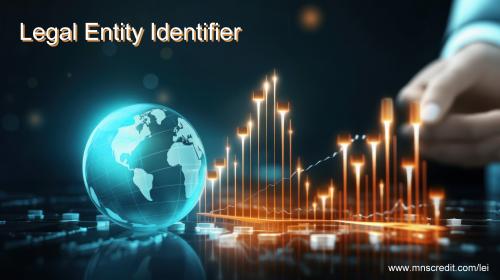What Is An LEI Parent Company And How Does It Work?

Understanding the LEI Parent Company
In today’s interconnected global economy, the transparency of business entities around the world is more crucial than ever. The Legal Entity Identifier (LEI) is a unique identifier aimed at enhancing such transparency. But what role does an LEI parent company play in this structure? This article delves into the concept of an LEI parent company, explores the mechanics behind LEI code registration, and explains how these entities are interlinked within the broader financial system.
The Role of an LEI Parent Company
An LEI parent company refers to a legal entity that exercises control over other entities and itself holds an LEI code. This categorization is crucial as it helps to trace connections and control structures among entities on a global scale. By identifying the parent company, regulators and stakeholders can better understand the corporate structure and gauge the financial health and integrity of the network.
The Process of LEI Code Registration
Registering for an LEI involves several steps that ensure each legal entity’s information is accurate and up-to-date. Here’s how the process typically unfolds:
- Application Submission: An entity must first complete an application form, which includes providing details about the company’s ownership and management structure.
- Validation of Data: The information provided is then validated by an LEI issuing organization to ensure its accuracy.
- LEI Issuance: Once validated, the unique LEI code is issued. This code is a 20-character alphanumeric string that serves as a globally recognized identifier.
- Renewal and Update: LEI codes require annual renewal to maintain the accuracy of the related entity data.
LEI Registration Benefits
The adoption of LEI codes, particularly in the context of parent companies, offers several key benefits:
- Increased Transparency: Enhances the transparency of global financial transactions, helping to manage counterparty risks.
- Regulatory Compliance: Meets global regulatory requirements, helping entities to partake in international trade and investment more smoothly.
- Efficiency in Reporting: Streamlines reporting processes by providing a standardized approach to data management.
How LEI Enhances Corporate Transparency
The integration of LEI within parent companies provides a clear view of the corporate structure, which is critical for regulatory oversight, risk management, and operational assessment. It allows stakeholders to identify the ultimate beneficial owners of a company, thus preventing fraud and promoting financial integrity.
Challenges in LEI Implementation
Despite its benefits, the implementation of LEI across all parent companies faces challenges such as:
- Cost Implications: The process of obtaining and renewing an LEI can be a cost burden for smaller entities.
- Global Standardization: Ensuring that all countries adhere to the same standard of LEI registration poses logistical challenges.
- Data Privacy: Balancing the need for transparency while protecting sensitive corporate information remains a critical concern.
Future of LEI Registration
As digital transformation continues to influence global financial landscapes, the future of LEI registration looks promising. Increased adoption and technological advancements may lead to more streamlined processes and greater integration into global financial systems.
Getting Your LEI Code
For businesses looking to obtain or renew an LEI code, the process has been simplified thanks to online platforms that guide you through the application or renewal process efficiently. Entities should prepare necessary documentation in advance to ensure a smooth registration experience.
Conclusion
The role of an LEI parent company is integral to enhancing business transparency globally. As regulatory environments evolve and the emphasis on corporate transparency grows, understanding and participating in the LEI framework becomes essential for businesses operating across international borders. With LEI codes, companies ensure compliance with international regulations and contribute to a more transparent global market.
Post Your Ad Here
Comments